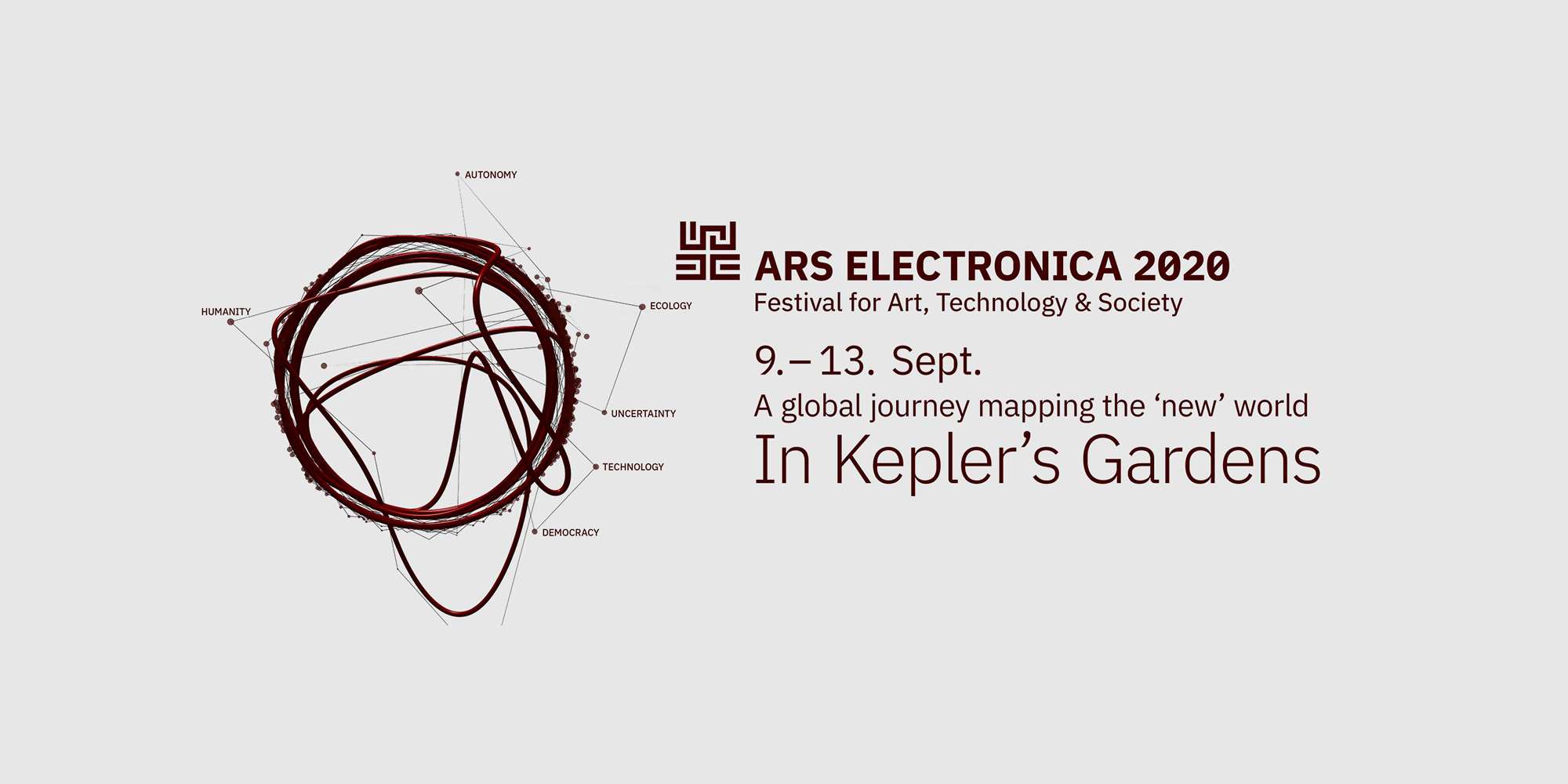Ars Electronica Garden Buenos Aires
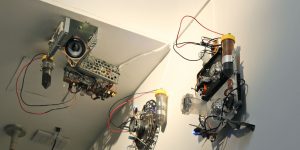
Colony
Darío Sacco (AR)
This sound bio-installation is formed by a colony of beings made up of disused technological parts and bio-units of decomposing organic material.
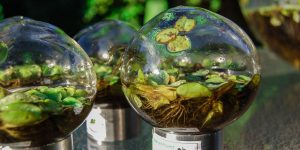
The Biosphere Project
Joaquín Fargas (AR)
The Biosphere Project consists of natural ecosystems isolated in sealed containers that only allow the external influence of heat and light.
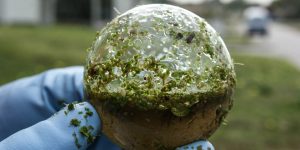
Satellite Event – The role of art in the post-pandemic world
UNESCO webinar In the post-pandemic world, nothing will be the same; what can be the contribution of art to the new world that is arising?
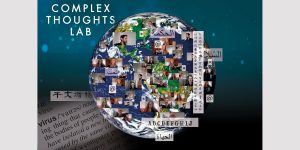
Complex Thoughts Lab
In the post-coronavirus scenario, The Complex Thoughts Lab invites to think outside the box to put together a model of the new world after COVID-19. Are we willing to rethink our nature, the concept of well-being? Will we be able to commit ourselves to bequeath a better world to future generations? The students share ideas to build a world model facing the next generations and transforming the Covid-19 crisis into an opportunity.

Cellular Seeds – Inexorable futures
Alejandra Marinaro (AR)
The Latinamerican Bioarte Lab (LatBioLab) explores more than 12 years of Bioart in Argentina. From ‘The Biosphere Project‘, Joaquín Fargas (AR), a simple way to show the world ecosytem, until ‘Colony‘, Darío Sacco (AR) that connects technology with biology and ‘Cellular Seeds - Inexorable Futures‘, Aleandra Marinaro (AR) that generates a new kind of “tech-life“. The Biosphere Project launches the adoption program of small worlds: ¨Adopt a World, adopt your World¨.

Cellular Seeds - Live Interaction with the artist
Alejandra Marinaro (AR)
Live interaction with the artist The existence of destiny is an inherent question about the human condition and many believe it to be unique. Meet the artist behind Cellular Seeds. Link to enter will be available in alejandramarinaro.com

Fargas open studio
Joaquín Fargas (AR)
Live interaction with the artist Visit the studio in real time and talk with the artist. Meet the robots Glaciator and Rabdomante. Link to enter will be available in joaquinfargas.com

Dialogue Between Deserts
Joaquín Fargas (AR)
Two robots (Glaciator and Rabdomante) placed in two symbolic spaces ―Rabdomante in the Atacama Desert and Glaciator in Antarctica― aim to sensitize us to our human condition and our relationship with Earth Gaia. Glaciator Glaciator is a robot made in Antarctica. Made up of solar panels, it compacts and crystallizes snow, turning it into ice and then adhering it to glaciers to help them grow and regain the mass they lost as a result of thawing. Rabdomante Design and realization: Elia Gasparolo The combination of nature and technology allows Rabdomante to generate a new life cycle in the desert, drawing water from the atmosphere in the driest place in the world.

The Garden of Curiosity
Mariano Sardón (AR), Mariano Sigman (AR/ES), Marcos Trevisán (AR), Bruno Mesz (AR), Intercambios Transorgánicos (AR), Sebastian Tedesco (AR), Leandro Garber (AR), Tomás Ciccola (AR), Lucía Kuschnir (AR), Josefina Schmipp (AR), Viviana Ramos Di Tommaso (AR), Diego De Benedetto (AR), Maximiliano Perez (AR)
The Garden of Curiosity is a “visual and sound objects” web support scenario. By clicking on specific objects, visitors can access audiovisual content corresponding to different Art-Science research projects linked to Muntref Arte y Ciencia.
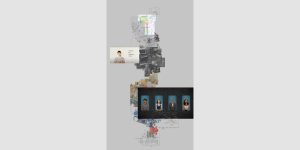
Journey by MUNTREF Arte y Ciencia
In order to protect the public health against the spread of COVID-19, our National Government established the regulations of social, preventive and mandatory isolation. Argentine citizens must remain in their homes and may make minimum and essential outings of no more than 500 meters. In our Journey Delivery Video, students, researchers, and other participants of MUNTREF Arte y Ciencia, made a 500-meter journey walk in their close surroundings, showing fragments of Buenos Aires, Argentina, and of it's different landscapes.

The Nature of our Nature
LatBioLab Latinamerican Bioart Lab, UAI Universidad Abierta Interamericana (AR)
The contribution of artistic creativity fosters thinking outside the box, and becomes an important ingredient in research groups. The increasing complexity in different disciplines leads us to think of the interdisciplinary as a fundamental tool to generate a synergistic effect, and art ―which has the quality of taking matter one step further, to the future― cannot be absent. This Garden hopes to sensitize us on our human condition and our relationship to the Earth Gaia, deepening the journey of discovery around The Nature of our Nature.

The Garden of Curiosity
Museo de la Universidad Nacional de Tres de Febrero – Centro de Arte y Ciencia (AR) Universidad Nacional de Tres de Febrero (AR)
Muntref Arte y Ciencia can be thought of as a diverse ecosystem. Since 2011, it has been weaving connections with people from diverse disciplines, groups of students, different institutions and several technical environments. Inspirational and empathic relationships have also been grown through this developing network. We have created The Garden of Curiosity as an interactive navigable visualization to share this cultural diversity.
